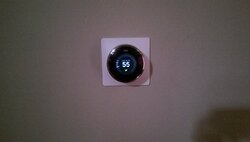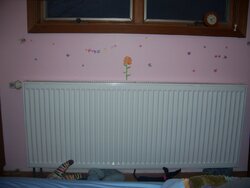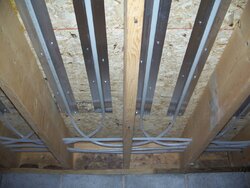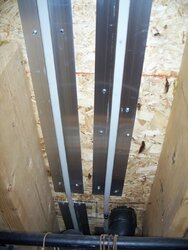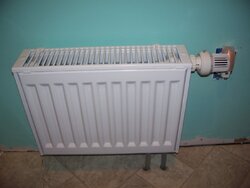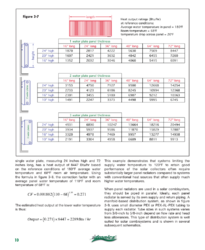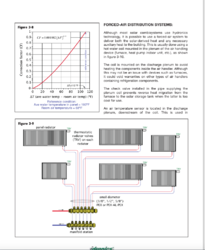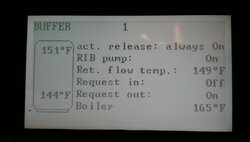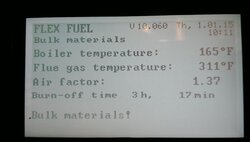Karl_northwind
Minister of Fire
we have and do use Pensotti, with good success. Hydronic alternatives has also been recommended to me by those in the know. on the east coast you will have lots of options. Here in the Midwest, not so much.So what are some reliable brands?
karl


